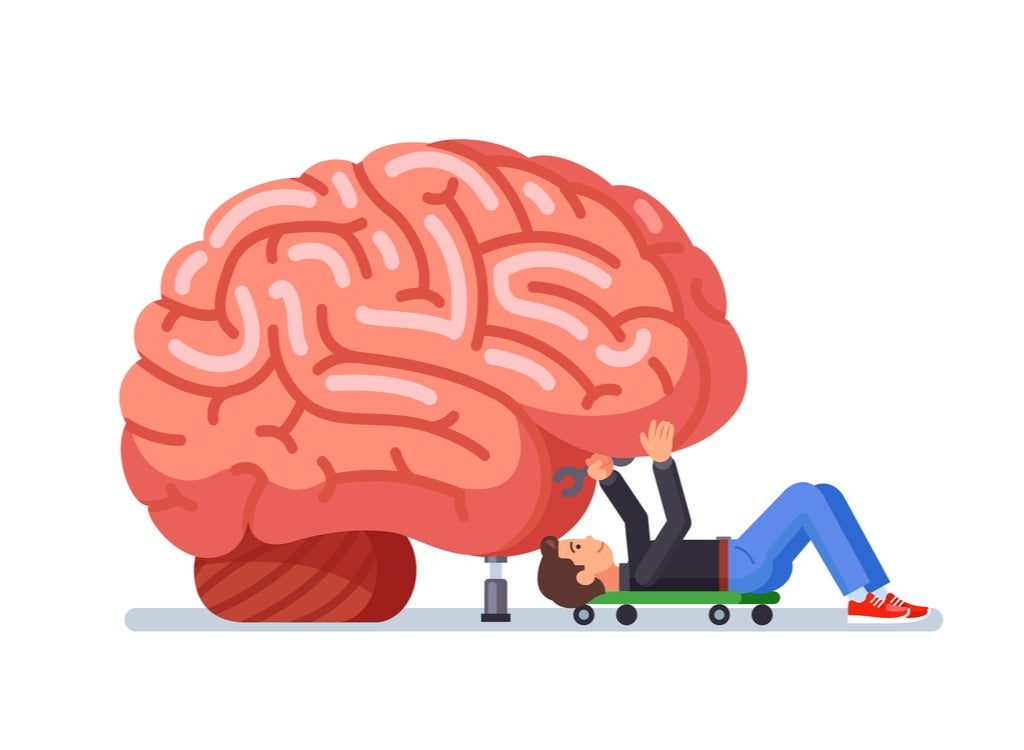
A stroke can be a debilitating disease with life-long consequences, but researchers from one Ohio institution may have discovered a way to improve the natural brain tissue repair process that restores lost function.
Stroke is ranked as the second leading cause of death after coronary heart disease, with an annual mortality rate of about 5.5 million.
But not only does it cause high mortality, it also causes high morbidity, with up to 50% of survivors rendered chronically disabled by the disease.
A stroke is the result of a blood vessel in the brain being blocked or bursting, and most stroke victims don’t receive treatment fast enough to prevent brain damage.
Over time, the body can repair damaged brain tissue and restore some of the lost functionality, but rates of recovery vary, and depending on the severity of the stroke, reduced speech, cognition and motor function may be a long-term outcome of the disease.
That’s why a team of researchers at The Ohio State University Wexner Medical Center, College of Engineering and College of Medicine developed a new technology that increases the rate and extent of repairs.
“We can rewrite the genetic code of skin cells so that they can become blood vessel cells,” said Daniel Gallego-Perez, an assistant professor of biomedical engineering and surgery at Ohio State who is leading the research.
“When they’re deployed into the brain, they’re able to grow new, healthy vascular tissue to restore normal blood supply and aid in the repair of damaged brain tissue.”
New study shows promising results in mice
The new technique, known as tissue nanotransfection (TNT), was tested in mice and showed promising results.
Cells were pre-conditioned with specific genes and injected into the stroke-affected brains.
The researchers found that those treated with TNT cell therapy regained 90% of their motor function, and MRI scans showed damaged areas of the brain were repaired within a few weeks.
“We found that the mice have a higher recovery because the cells that are being injected into the affected area also release healing signals in the form of vesicles that help in the recovery of damaged brain tissue” said Natalia Higuita Castro, assistant professor of biomedical engineering and surgery at Ohio State and a co-lead author on the study.
The study, which was funded by grants from the National Institute of Neurological Disorders and Stroke and the National Institute of Biomedical Imaging and Bioengineering, is published in the journal Science Advances.
Opportunities to repair brain tissue after stroke
According to the researchers, every 40 seconds, someone in the US suffers a stroke, and no treatments exist to address the lasting and debilitating damage caused to brain tissue.
Although medical advancements have allowed doctors to clear clots in the brain faster and improve outcomes, this is only effective if done within a few hours of the stroke, before the brain tissue dies.
The researchers said about 80% of ischemic stroke patients don’t receive the clot-busting therapy in time to prevent permanent deficits to their speech, cognition and motor function.
“The thought was that once brain tissue dies, that was it,” said Dr. Shahid Nimjee, a neurosurgeon at Ohio State Wexner Medical Center, a member of Ohio State’s Neurological Institute and co-author of the study.
“We’re now learning that there could be opportunities to regenerate cells to restore brain function.”
The research team said they continue to study this approach, but are also exploring other potential uses for TNT cell therapy to treat brain disorders such as Alzheimer’s, as well as autoimmune diseases.






